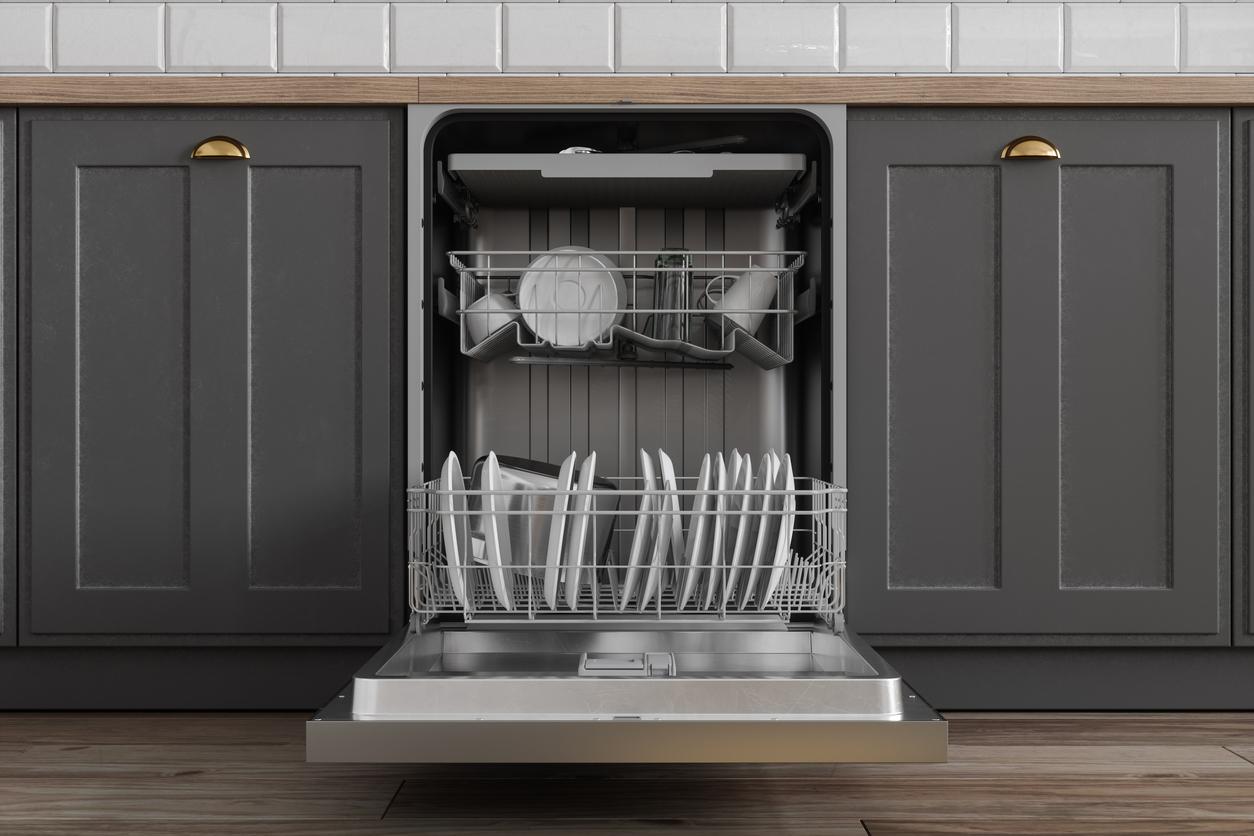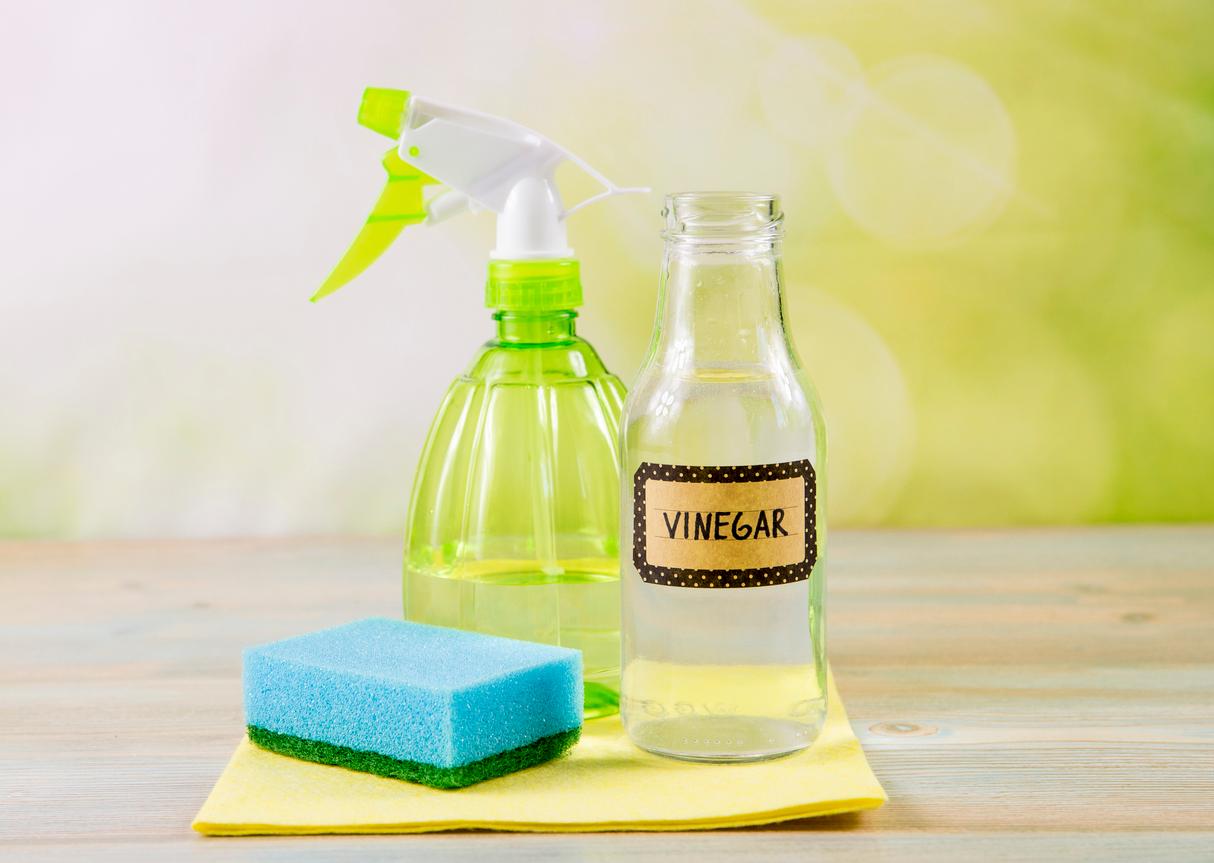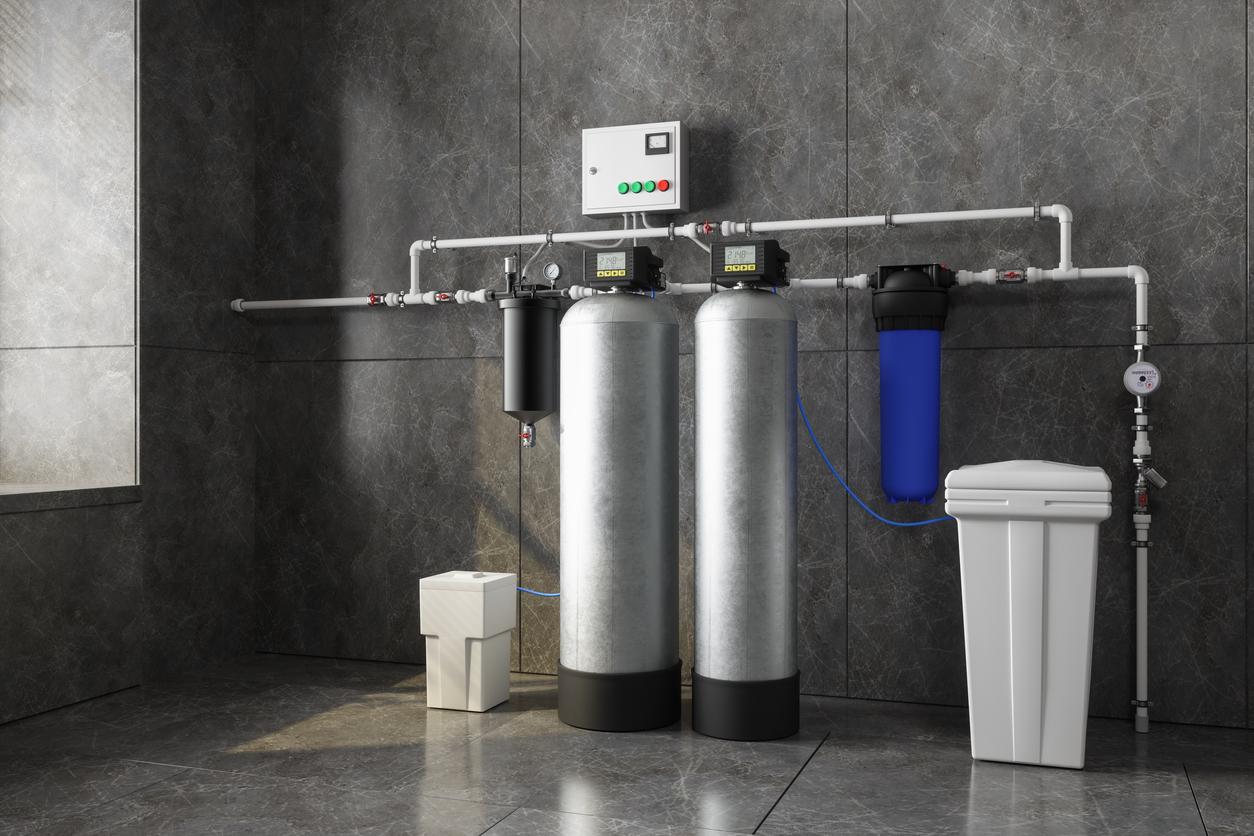This Is Why Your Dishes Are Coming Out Cloudy — and How to Fix It
Cut through the marketing from unsustainable brands with this eco-friendly guide.
Published Sept. 18 2024, 12:42 p.m. ET

As a lifelong resident of cities with mineral-rich hard water, I know firsthand the disappointment that happens when my dishes come out of the dishwasher cloudy.
Thankfully, you don't have to resign yourself to your dishes remaining cloudy. There are eco-friendly, sensible, and cost-effective processes to keep your dishes looking their best. Keep reading to learn how, starting with the simplest swaps and working our way towards the more heavy-duty solutions.
Load your dishes strategically to help them dry more efficiently.

If your dishwasher is crammed with overlapping dishes, they're less likely to dry, leaving behind cloudy spots on dishes.
If you load your dishes in such a way that water is less likely to pool, and sufficient space is given between cutlery and dishes throughout the machine, your dishes will dry more easily, and cloudy spotting is far less likely.
Use a rinse aid.
As USA Today explains, a rinse aid is designed to help your dishes dry quicker, and it can also help prevent cloudy or spotty dishes. However, you'll want to choose an environmentally-friendly rinse aid, as many conventional ones are not good for the environment.
Cleaning your dirty plates immediately helps dishes come out cleaner.

According to recommendations from the brand ECOS, cleaning your dirty dishes immediately helps avoid stuck-on food from hardening and a film developing over the dish. This method also has the benefit of requiring less water and soap later.
While the debate rages on about pre-rinsing before placing dishes in the dishwasher, the ECOS recommendation is indisputable in that it makes your cleaning routine more efficient and places less burden on your machine to remove film from your dishes.
Use cleaning products that are safe on dishes, the environment, and you.
As ECOS explains, the right plant-based dish soap will be free of harmful chemicals and toxins that not only damage our skin and come into contact when we eat off our plates, but are released into the environment when we wash our dishes.
If the soap you're using claims to cut down on the cleaning time but still leaves your dishes cloudy, switching to a sustainable yet powerfully effective plant-based cleaner and durable scrubbing brush or sponge may do the trick.
Place a cup of distilled vinegar in with your dishes in your machine.

As the Cascade brand acknowledges, a cloudy film on your dishes may be the result of hard water leaving spots on dishes. Even the best dishwashing soap is no match for heavily mineral-rich hard water, which is why a bowl of distilled vinegar placed on a rack in your dishwasher is a great recommendation by Cascade.
As the brand A. O. Smith explains, it's all chemistry: the acetic acid in vinegar works to dissolve minerals like calcium present in hard water.
A water softener is the long-term fix for cloudy dishes.

According to the company Angel Water, installing a water softener in your home is the once-and-for-all fix to hard water mineral deposits causing cloudy dishes. This solution is the most expensive on our list, but Angel Water notes money saved over the long haul.